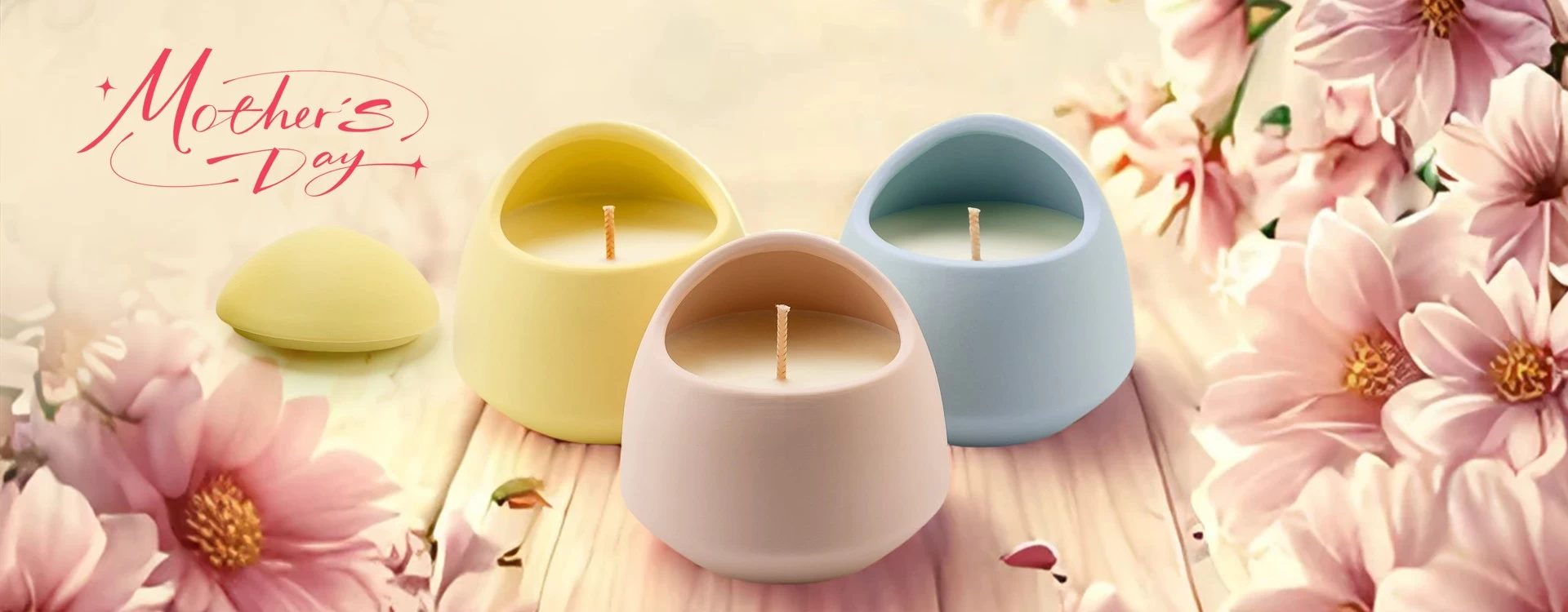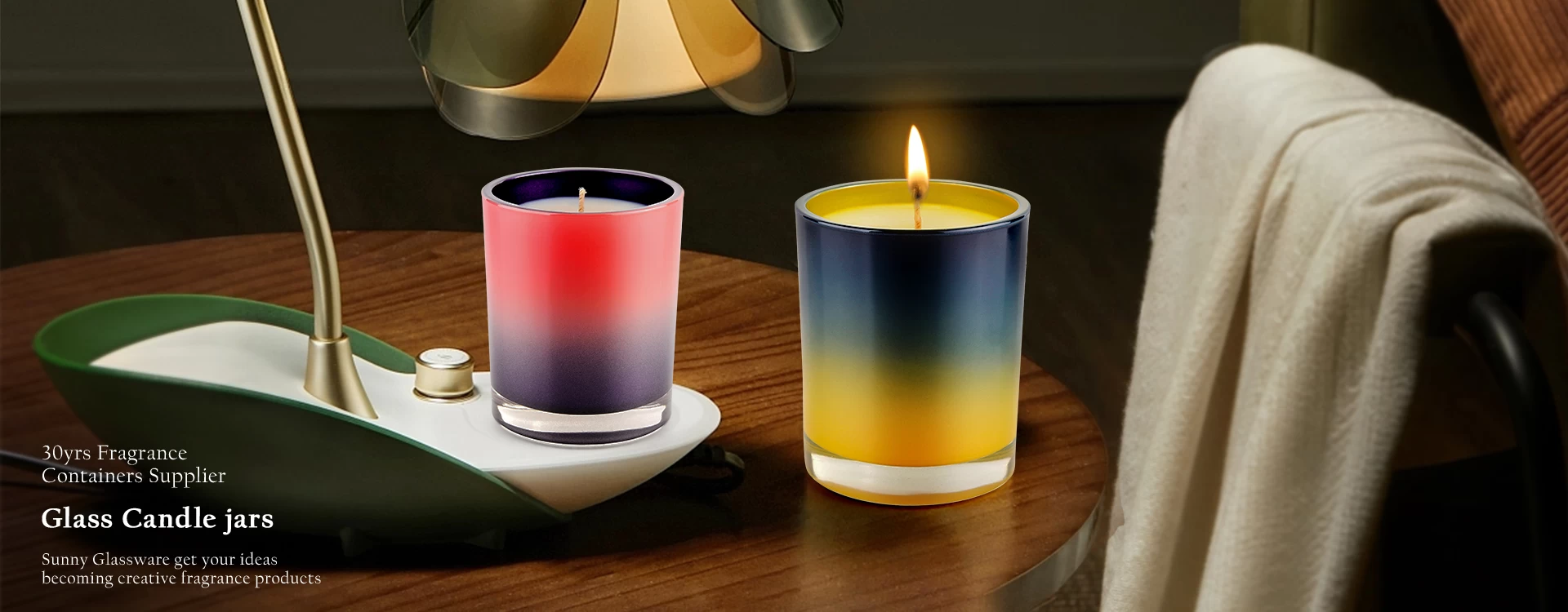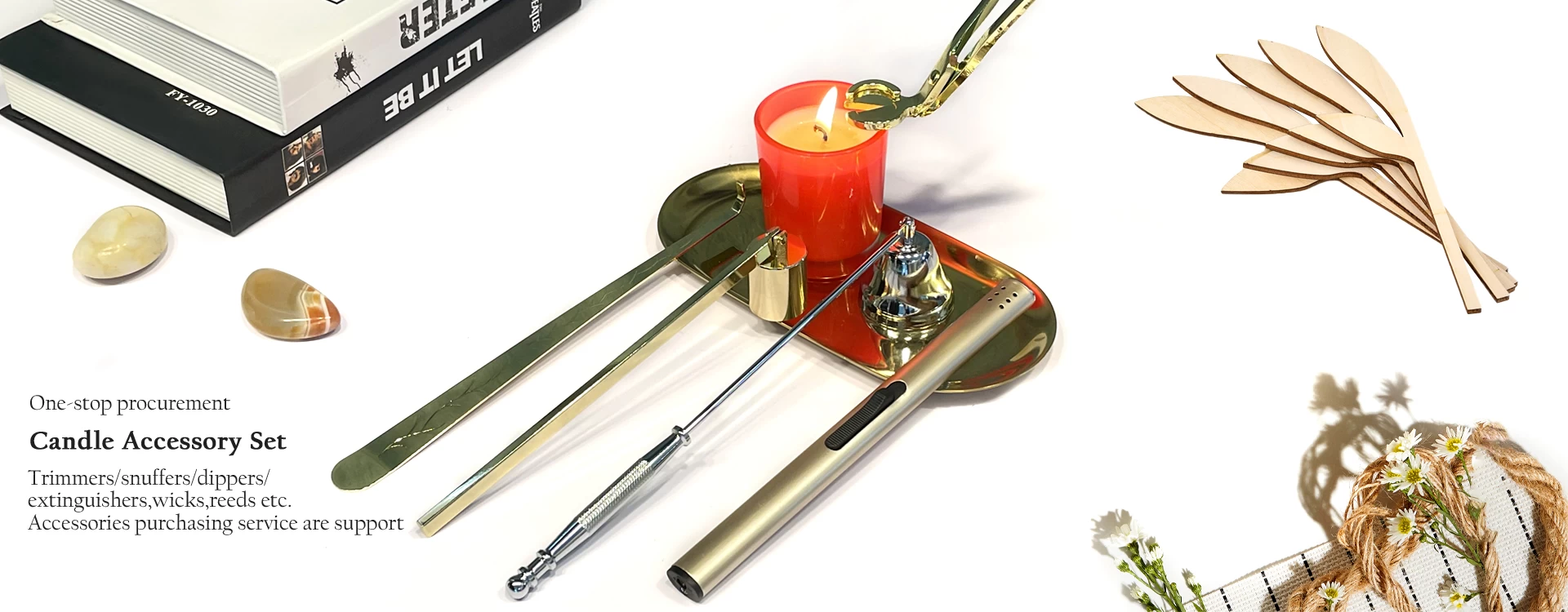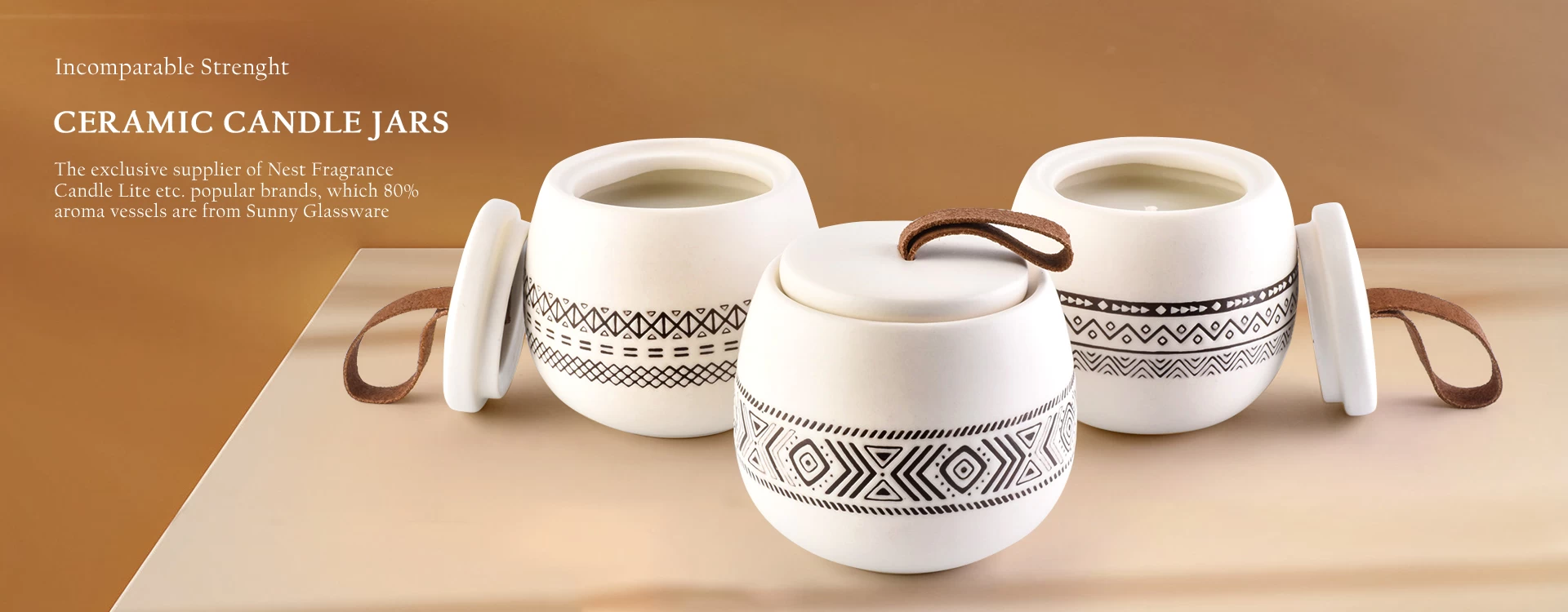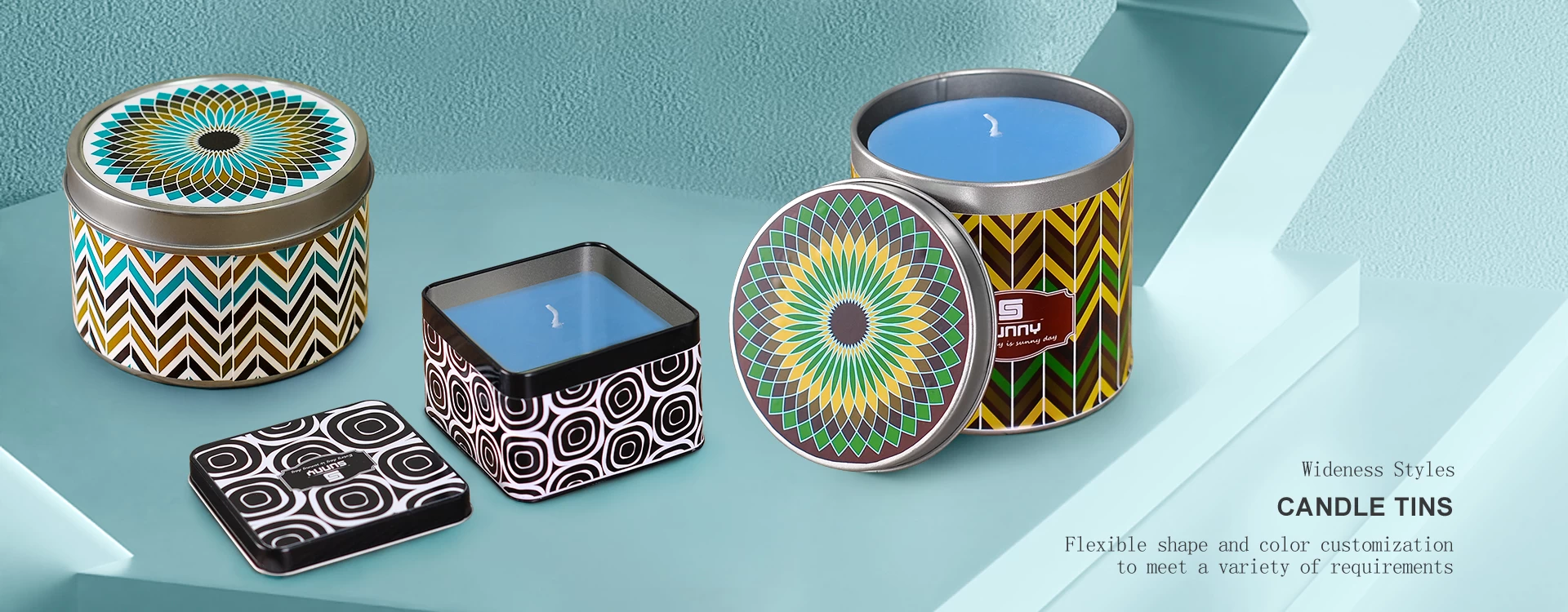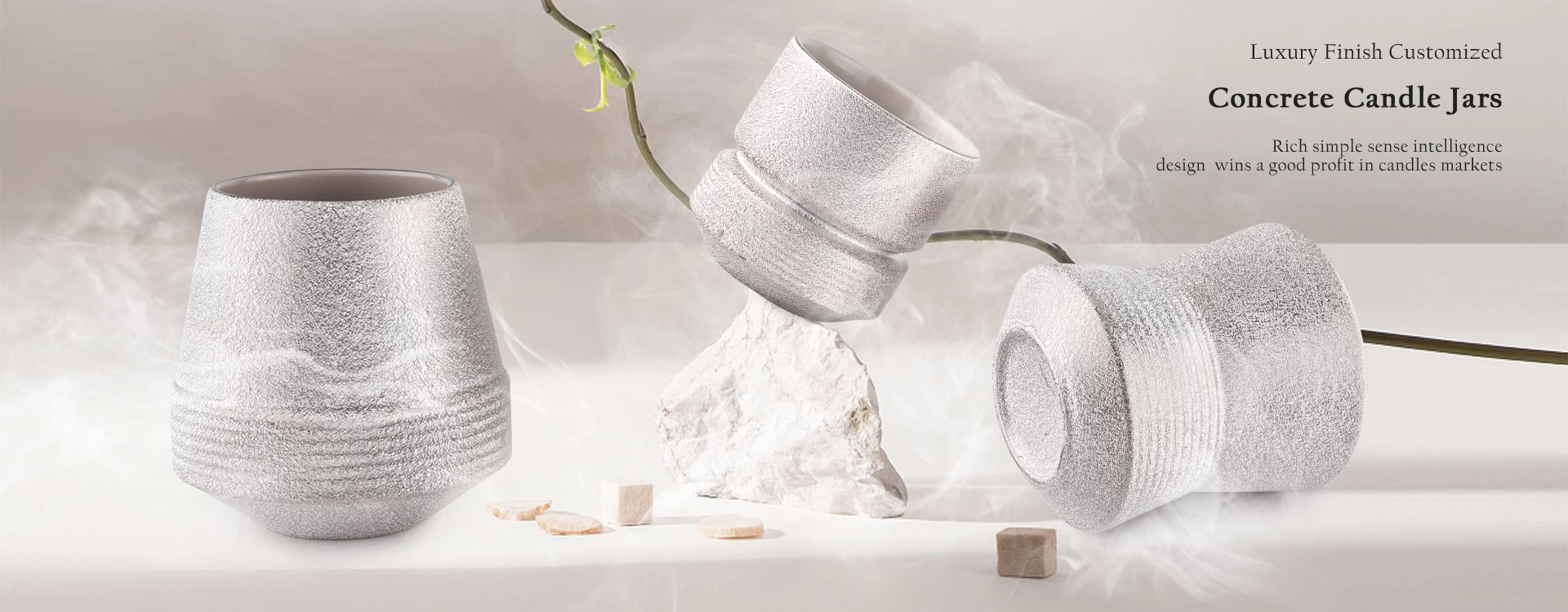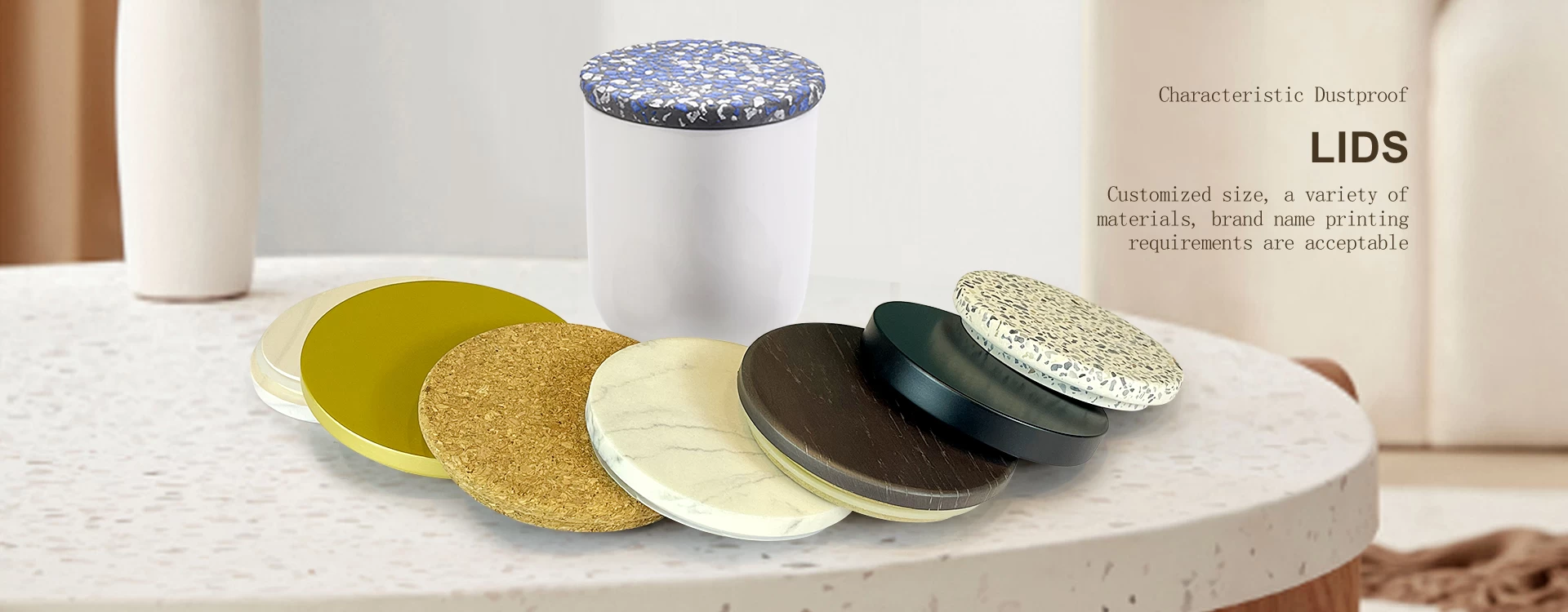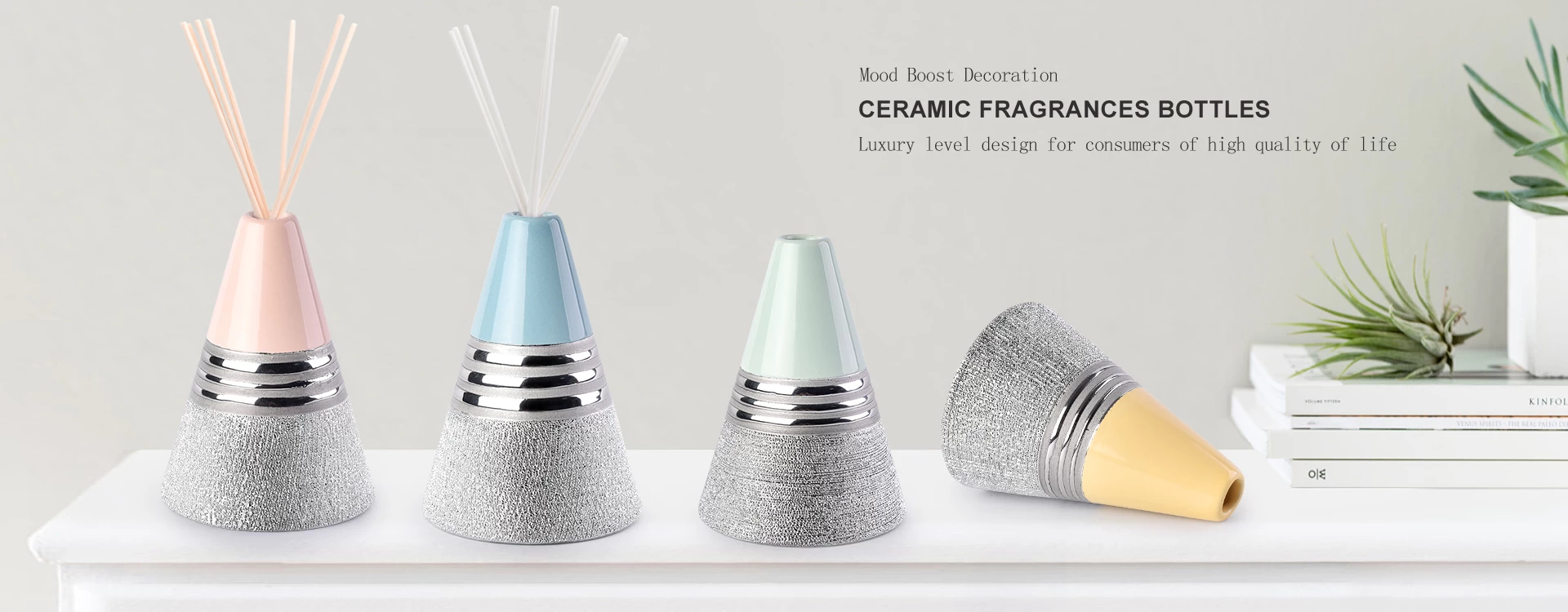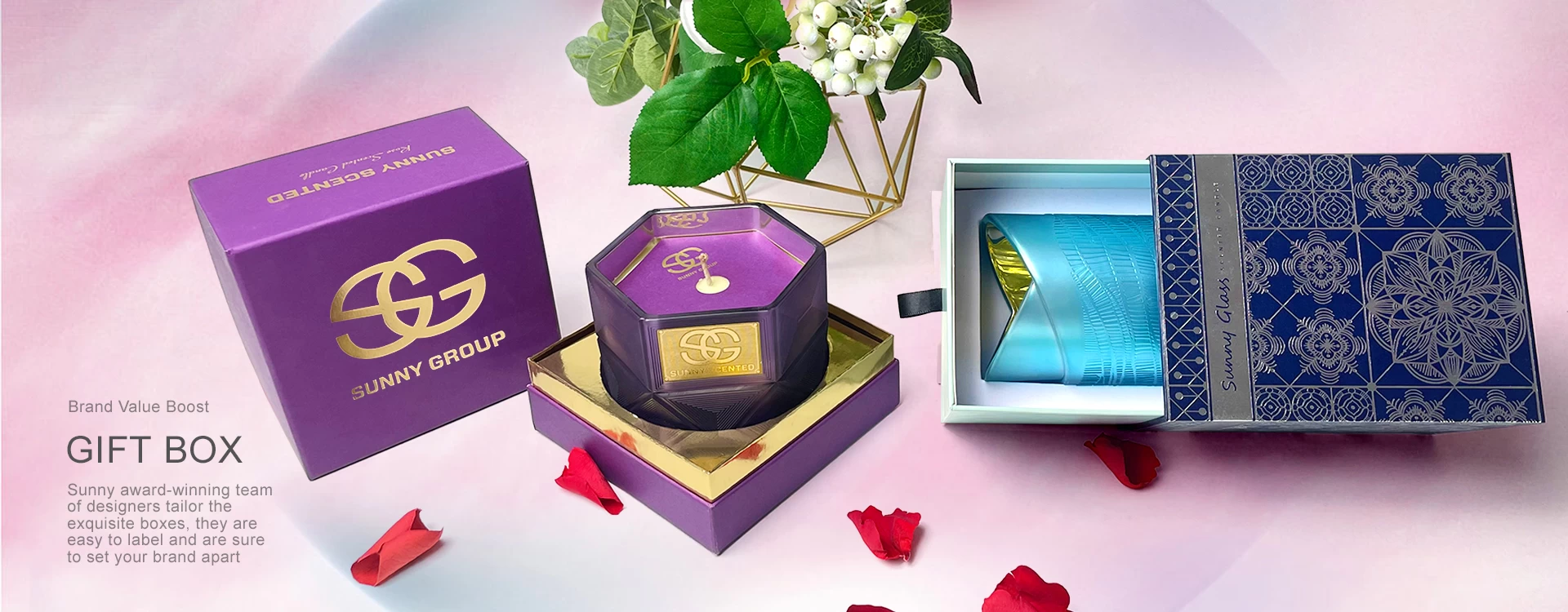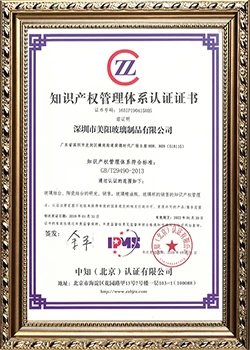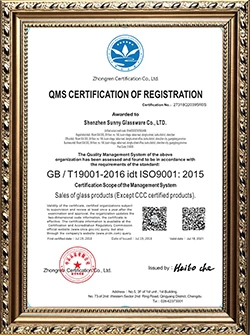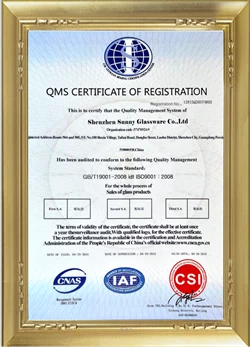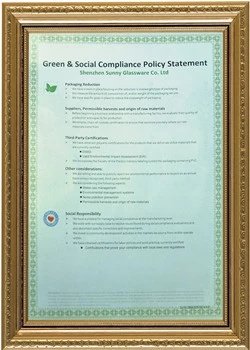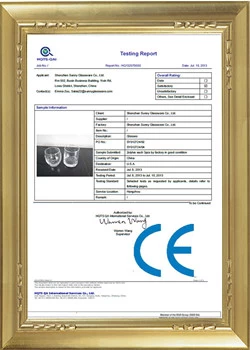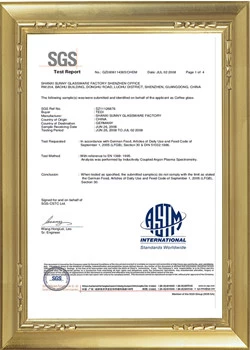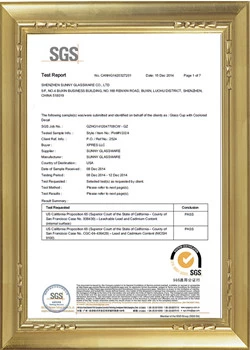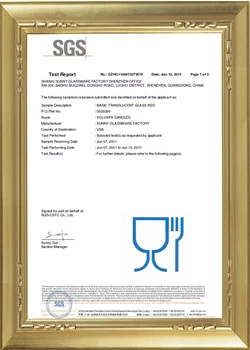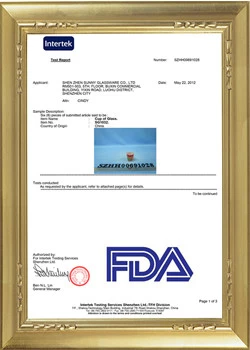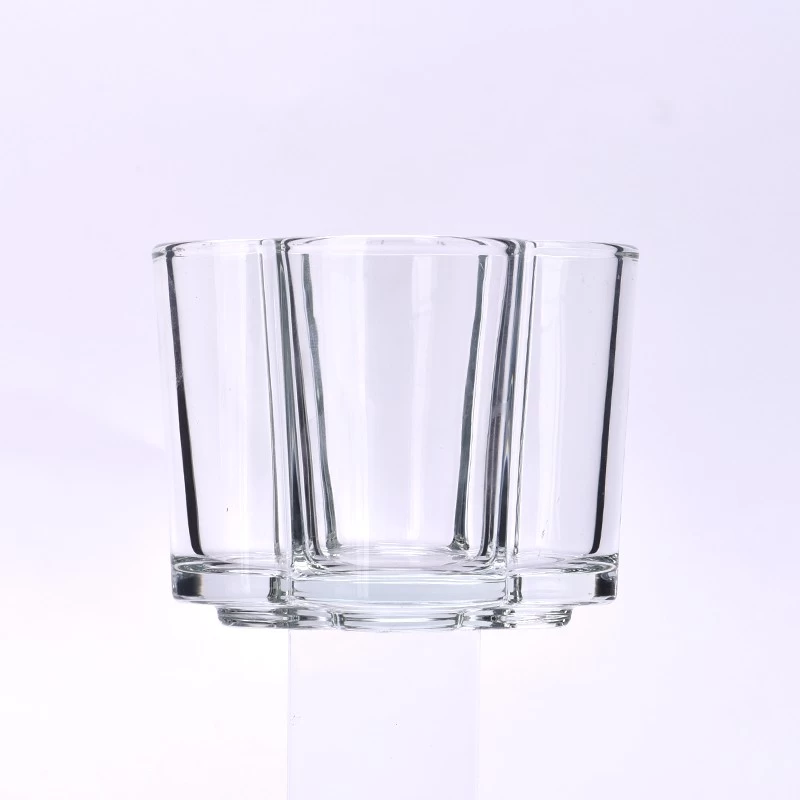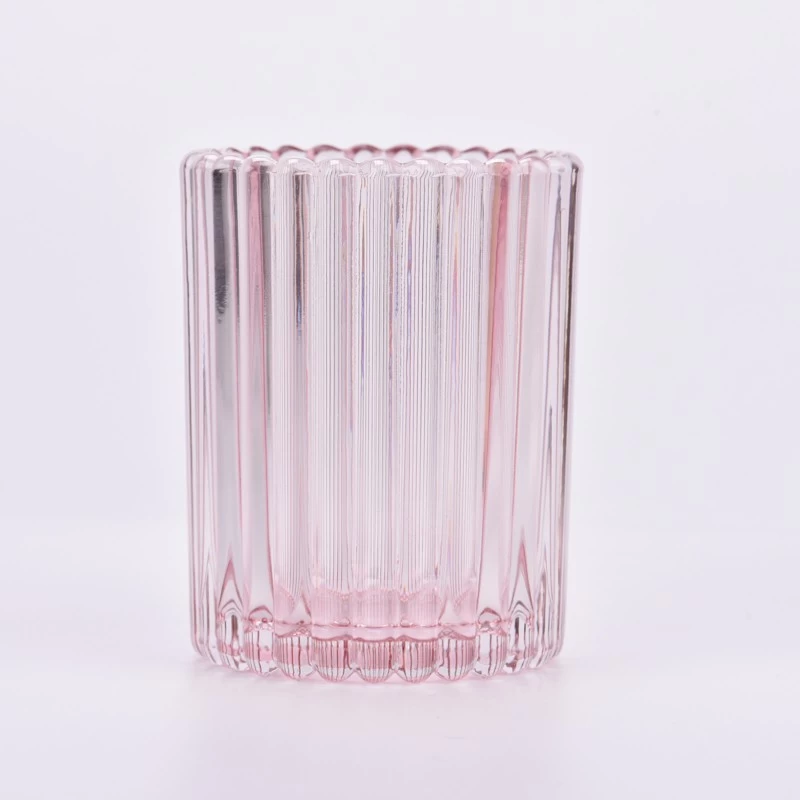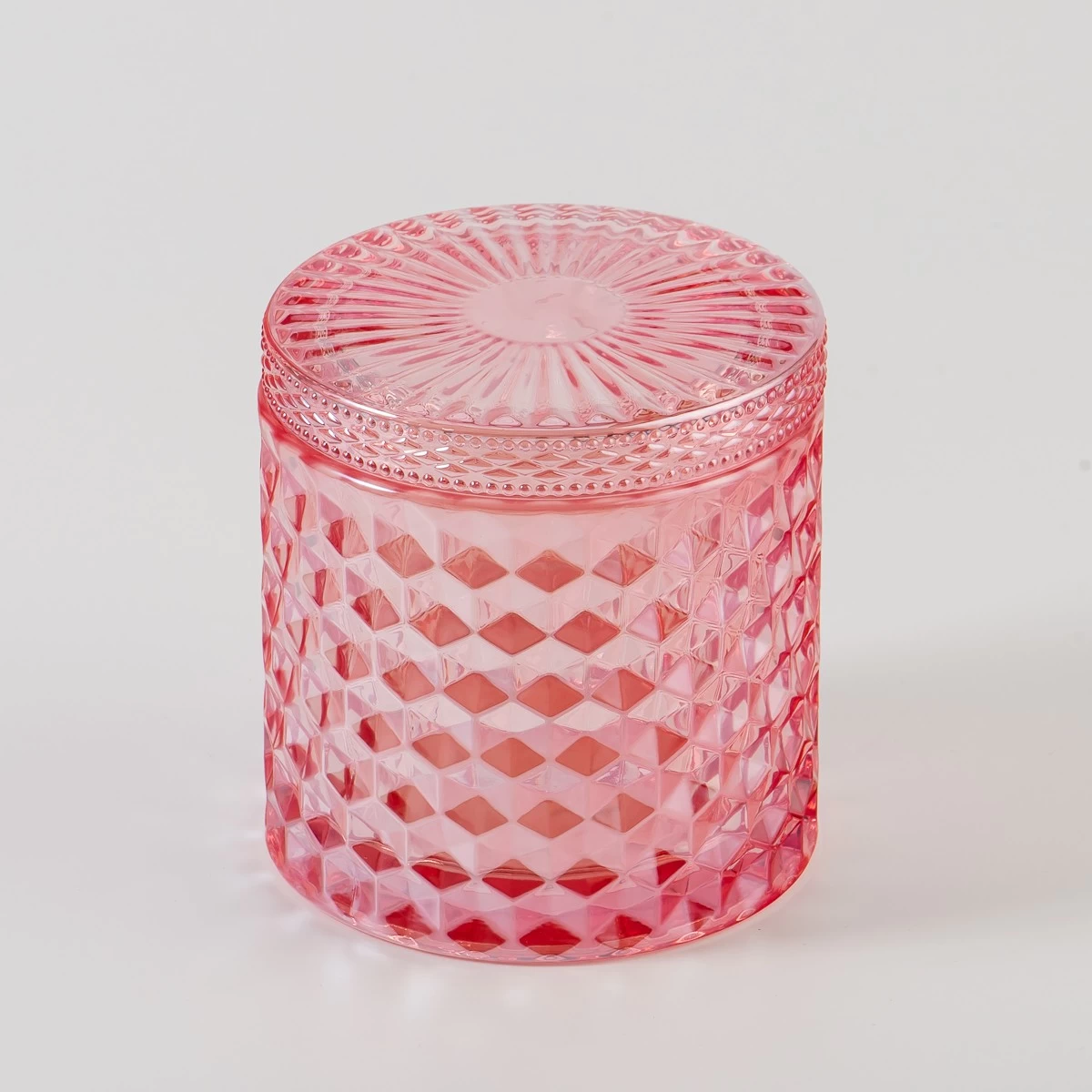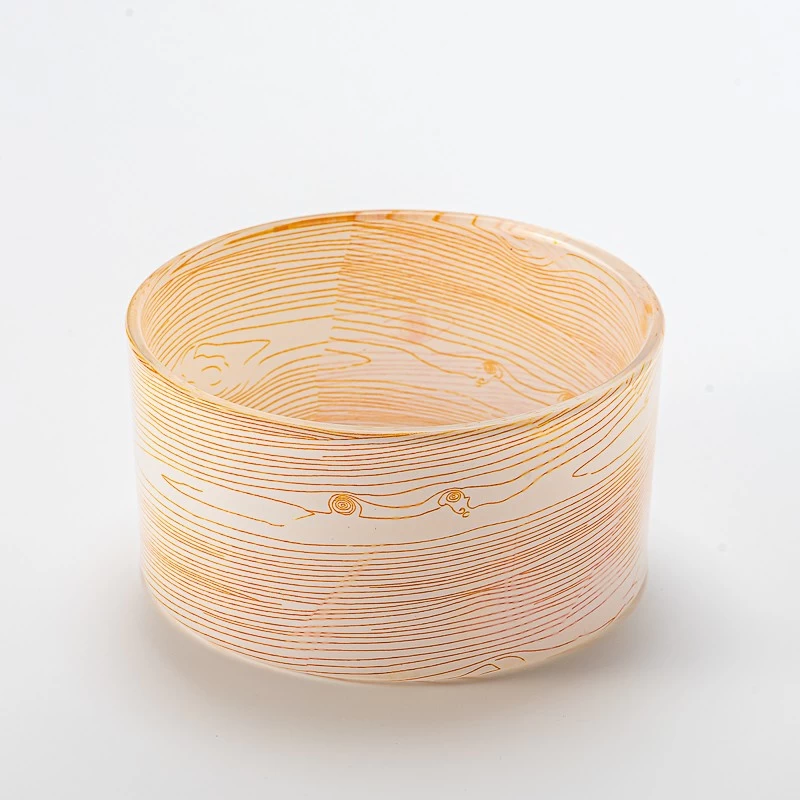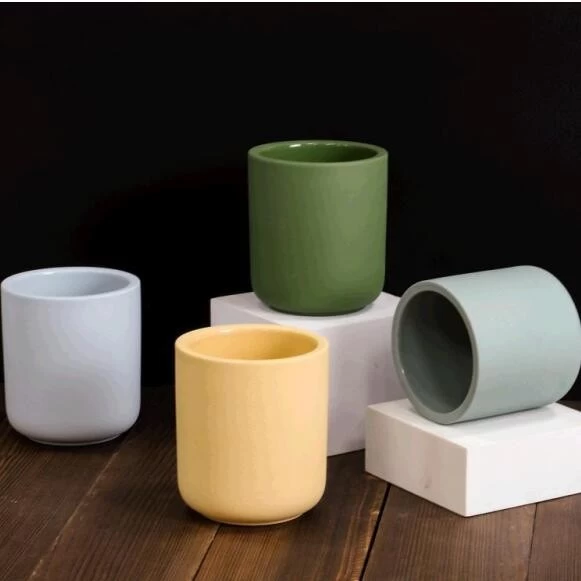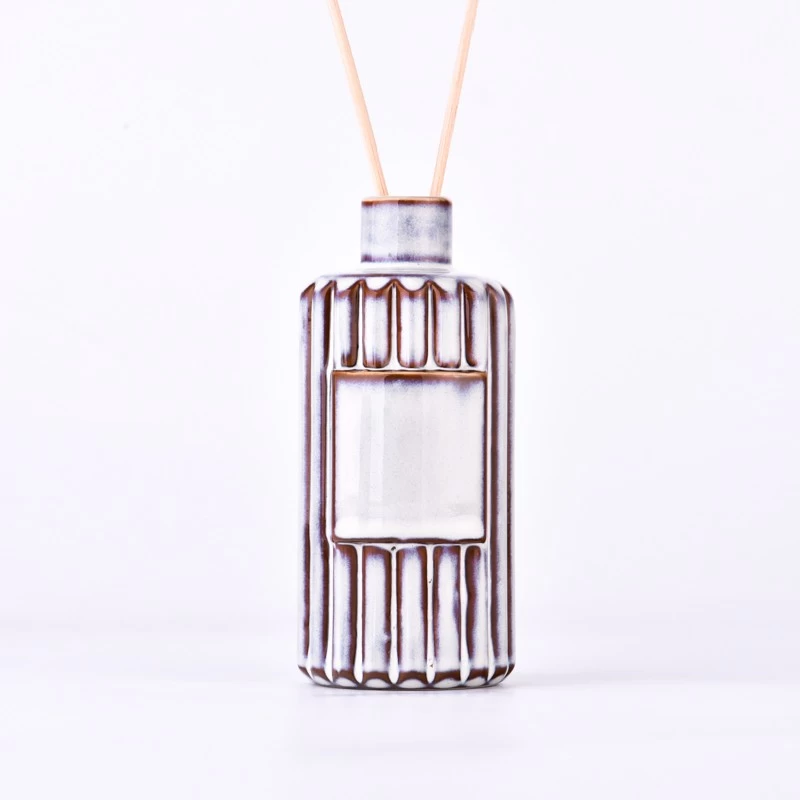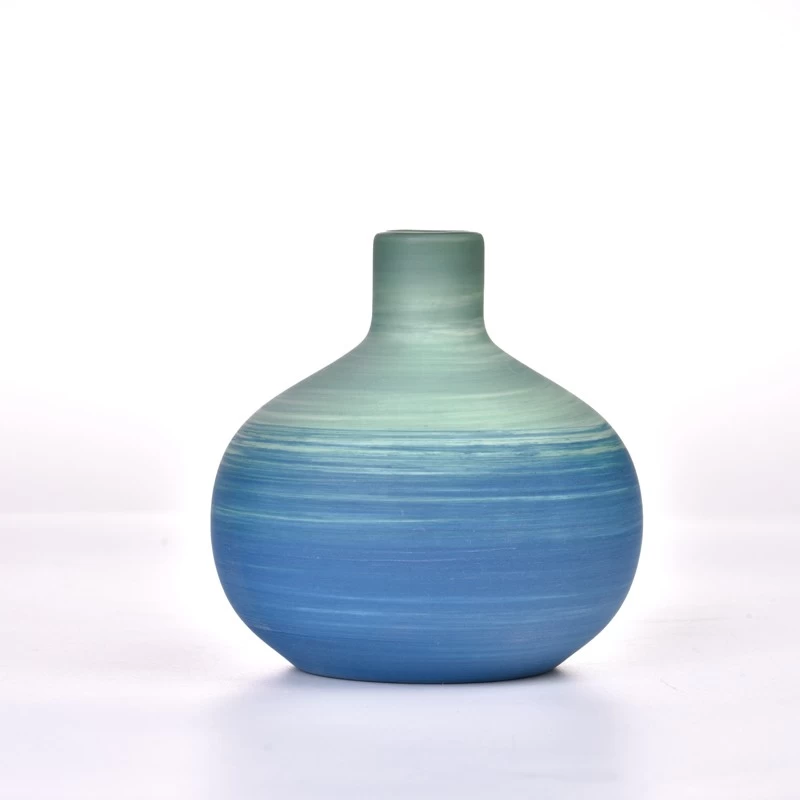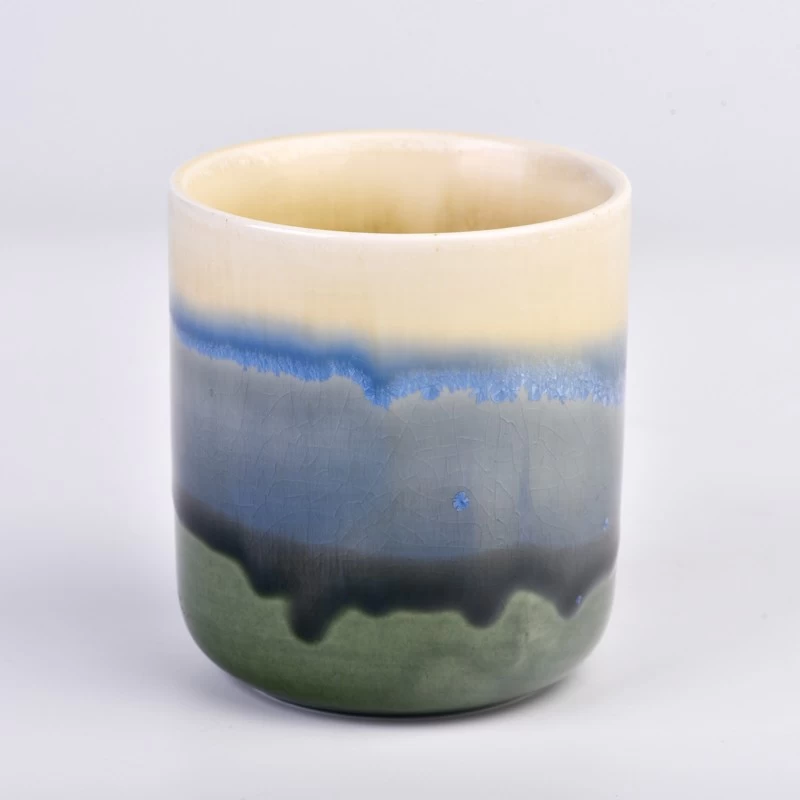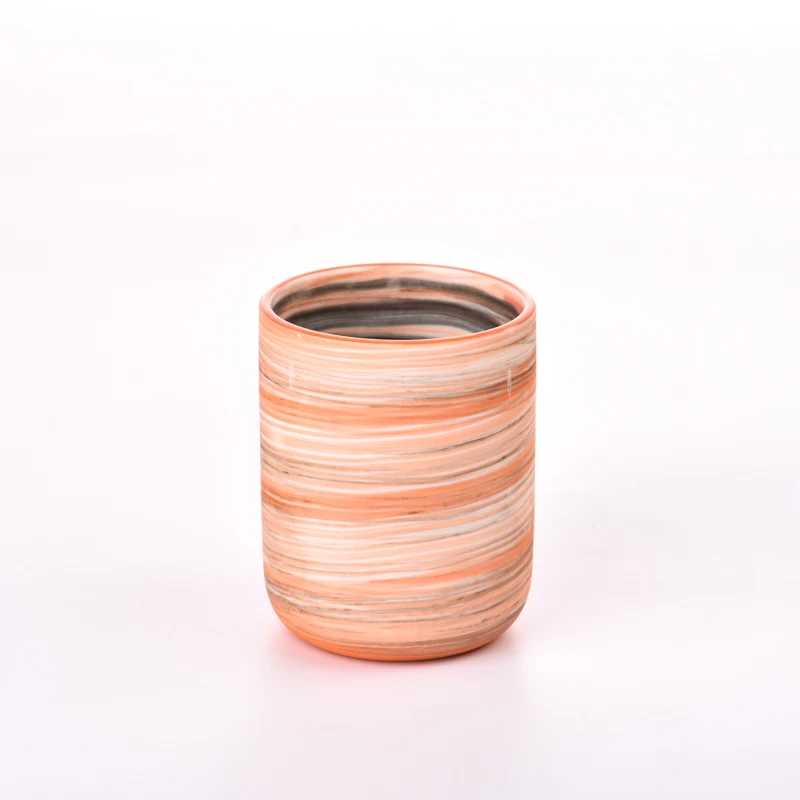About Candles
In the fourth century B.C., candles were developed by the Ancient Egyptians by soaking the pithy core of reeds in molten tallow (animal fat). Called rush lights, they had no wick like a candle.
The early Romans are credited with developing the candle with a wick which was made from papyrus (a tall, aquatic, Mediterranean grass like plant) .
In the Middle Ages, beeswax, a substance secreted by honey bees to make their honeycombs, was introduced. Beeswax candles were a marked improvement over those made with tallow since they did not produce a smoky flame or emit an unpleasant odor when burned. Instead, beeswax candles burned pure and clean. However, they were expensive and, therefore, only the wealthy and the church had them.
In fourteenth century England, servants of the Royal household were paid partly in beeswax candles. Through to the reign of George III, the ends of used beeswax candles from the royal palaces were given to the Lord Chancellor as a valuable benefit of his position.


